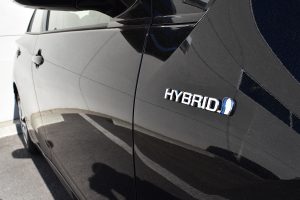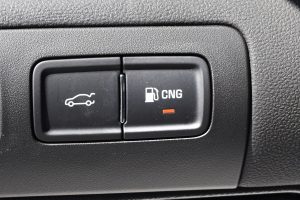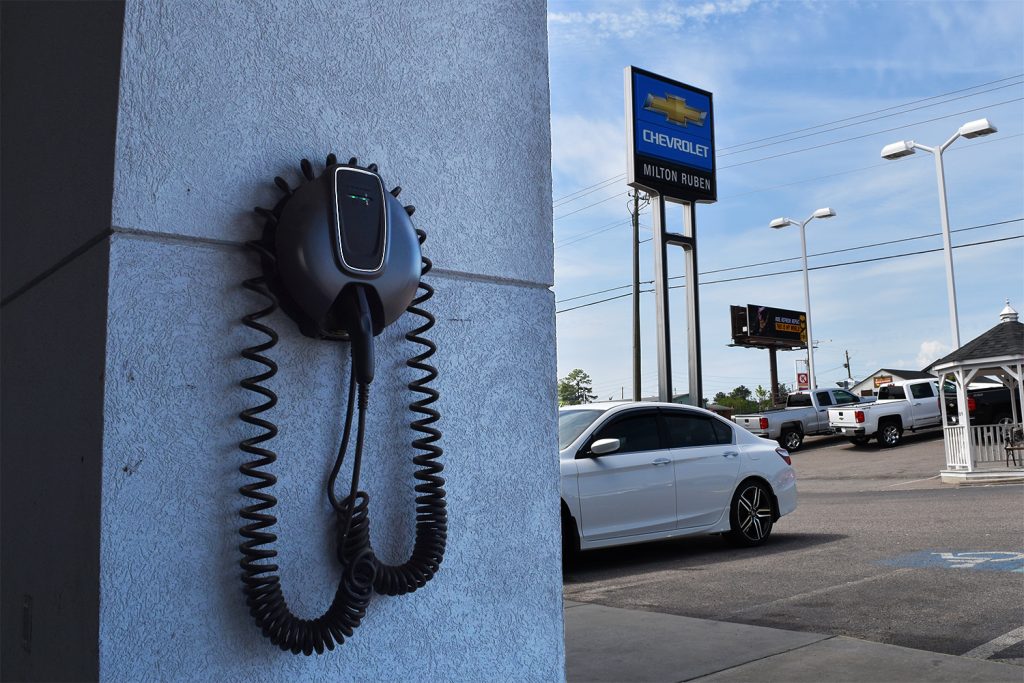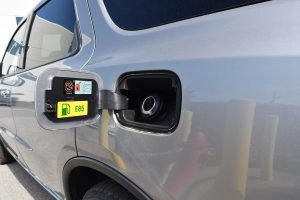It’s an exciting time to be a part of the automotive industry. Technology is developing quickly, and we’re often surprised at the many ways our vehicles can ease our customers’ lives. If you haven’t purchased a vehicle recently, you may not recognize the dashboard and its sleek touchscreen tucked in between secret storage spaces and wireless charging stations.
We’re always proud that our companies put the customer first when designing their vehicles. We’re also proud that these brands seem to be using their influence to help the environment. From developing eco technology to changing the way their factories operate, Toyota, Chevrolet, Chrysler, Dodge, Jeep and Ram have proven their commitment to going green, and are already seeing dramatic results. As Earth Day approaches, we want to highlight each of our companies and their approaches to sustainability.
Toyota:

In addition to all Prius models, our Toyota store currently has hybrid models of the following on the lot: Avalon, Camry, Highlander, RAV4.
Toyota’s sustainability plan is divided into five priorities: Carbon, Water, Materials, Biodiversity and Outreach. From cultivating beehives on their Kentucky assembly plant to recycling the water used to rinse new vehicles as they’re being painted in the Ontario assembly plant, Toyota’s strategy extends far beyond their finished products.
However, their vehicles are truly impressive. As of 2014, their hybrids had saved approximately 500 million gallons of gas each year. For almost two decades, the word “Prius” has been synonymous with the eco-car movement. Now, all eyes are on the Toyota Mirai. The fuel cell car is fueled by hydrogen and emits only water vapor.
Toyota’s plan is so comprehensive (and so result-producing) that in 2015, Toyota Motor North America won the Partner of the Year Award, Large Business Category, in the E.P.A.’s WasteWise Awards.
Chevrolet:

At the push of a button, this 2015 Chevy bi-fuel Impala runs on compressed natural gas (CNG), saving you money and reducing carbon dioxide emissions.
While the Malibu hybrid has an estimated 47 MPG in the city and the company’s work with E85 ethanol and CNG vehicles is inspiring, Chevy’s line of electric vehicles is exceeding expectations. The all-electric Bolt will debut later this year, and has an estimated range of 200 miles. Meanwhile, the Spark EV is paired with a lithium-ion battery, and the Volt EV seamlessly switches between an electric charge and a tank of gas. With the number of EV charging stations growing in the CSRA (including public places like Whole Foods, the Georgia Power Customer Service Center and yours truly), electric vehicles are only becoming more efficient for daily use.
Chevrolet’s parent company, General Motors, focuses on “Customer-Driven Sustainability” instead of separating their sustainability initiatives from other areas of their mission. This strategy has evolved in recent years, and now prioritizes the following:
- Identifying areas of impact and value creation
- Establishing and aligning corporate policies and positions
- Designing and implementing processes for consistent global execution
- Developing sustainability reporting practices and publishing reports
By utilizing advanced technologies to create quality products in the form of sustainable vehicles in factories that minimize their environmental impact, GM aims to build a culture that promotes these values.
GM’s changes are tangible. For example, in this article posted to their website, the company argues why producing zero waste is a desirable business strategy.

Our 240-volt EV (electric vehicle) charging system fully charges a Chevy Volt in about 4.5 hours. The Volt comes with a 120-volt portable cord that recharges the vehicle in approximately 13 hours.
Chrysler, Dodge, Jeep, Ram:
Last year, the CEOs of both General Motors and Fiat Chrysler Automobiles (parent company of Chrysler, Dodge, Jeep and Ram, among others) signed the CEO Climate Leadership for Automotive Declaration to decarbonize automotive transport. In alliance with this goal, FCA added more than 4,300 environmental projects to their plants worldwide. In addition to saving millions of dollars during production, these implementations resulted in 38 percent less water being used per vehicle produced (vs. 2010) and 1.2 million pounds of materials kept out of landfills.

This 2015 Dodge Durango on the lot has a Flex Fuel engine, meaning that gasoline or gasoline-ethanol blends of up to 85 percent ethanol can both be stored in its tank.
Between 2014 and 2015, fuel economy in FCA cars in the U.S. rose 6.4 percent (2.7 percent in trucks), due in part to a variety of efficient design changes like improved aerodynamics and weight reduction. Specific fuel saver technology in V-8 5.7 and 6.4 liter HEMI eight-cylinder engines improved automatic versions of the Jeep Grand Cherokee, the Chrysler 300, the Dodge Durango, the Dodge Charger, the Dodge Challenger and the Ram 1500.
The 2017 Chrysler Pacifica and its hybrid version are almost here, and we have several Flex Fuel vehicles on the lot already. Additionally, the Ram 2500 Heavy Duty CNG is the only natural gas pickup truck in the country. CNG vehicles generate significantly less CO2 emissions, and can be renewable, unlike traditional gasoline.
An EcoDiesel engine is currently available for the Ram 1500 and the Jeep Grand Cherokee, resulting in less stops at the pump and lower CO2 emissions. The Jeep Grand Cherokee with 3.0L EcoDiesel V6 engine can tow up to 7,400 pounds (best-in-class), and the Ram 1500 HFE (with 3.0 L EcoDiesel V6 engine) has the best fuel economy of any full-size pickup.







